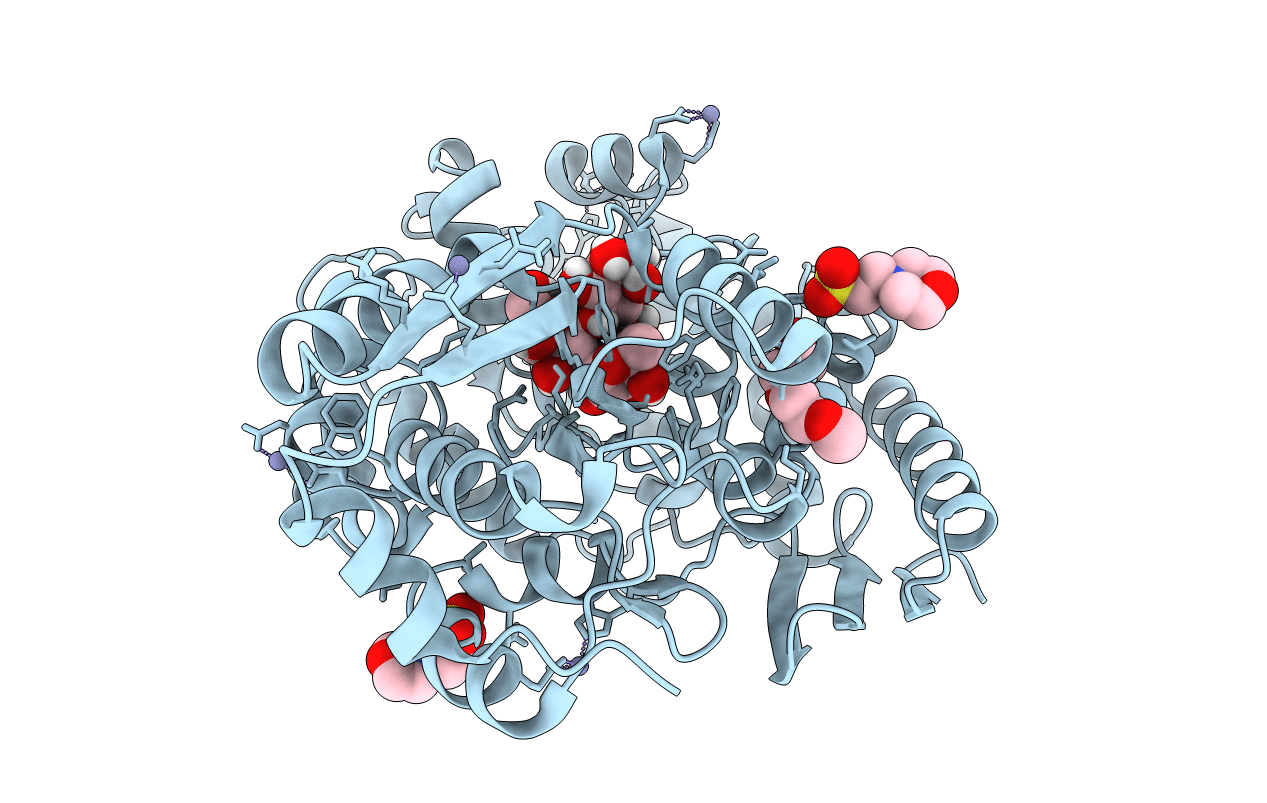
Deposition Date
2018-10-09
Release Date
2019-09-04
Last Version Date
2024-05-15
Entry Detail
PDB ID:
6HUR
Keywords:
Title:
2'-fucosyllactose and 3-fucosyllactose binding protein from Bifidobacterium longum infantis, bound with 2'-fucosyllactose
Biological Source:
Source Organism:
Bifidobacterium longum subsp. infantis (Taxon ID: 1682)
Host Organism:
Method Details:
Experimental Method:
Resolution:
1.30 Å
R-Value Free:
0.17
R-Value Work:
0.15
Space Group:
H 3


